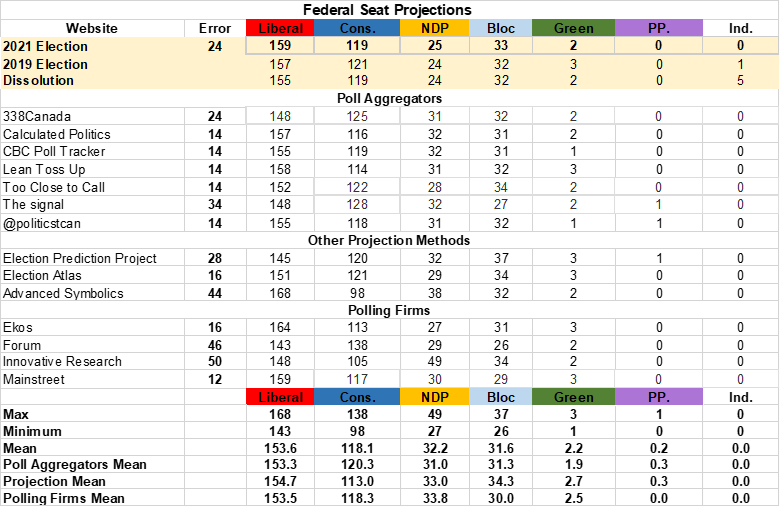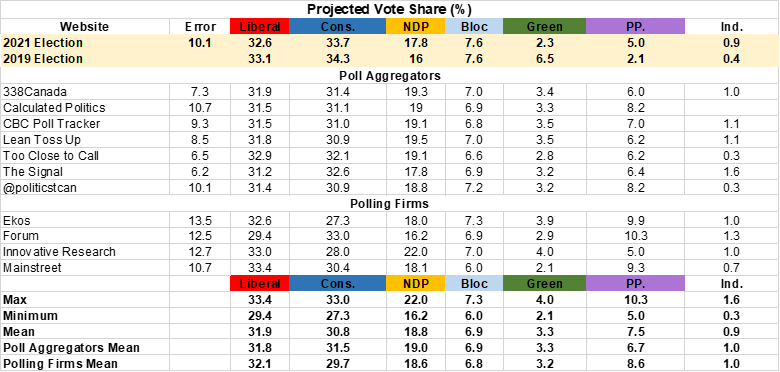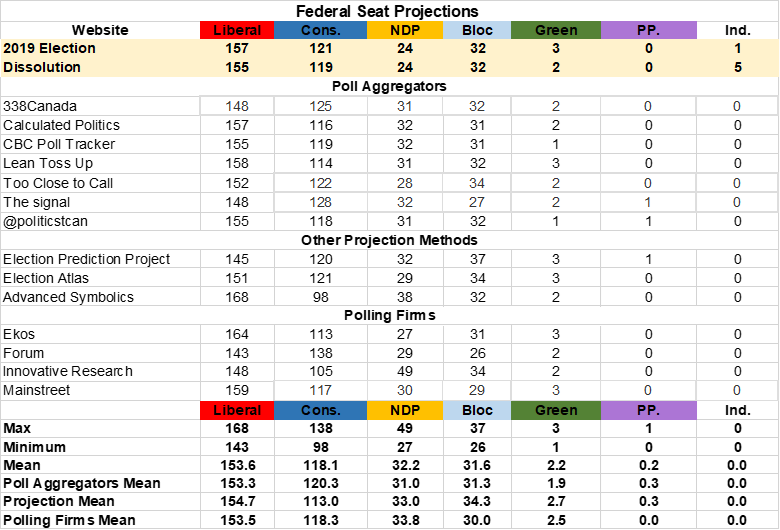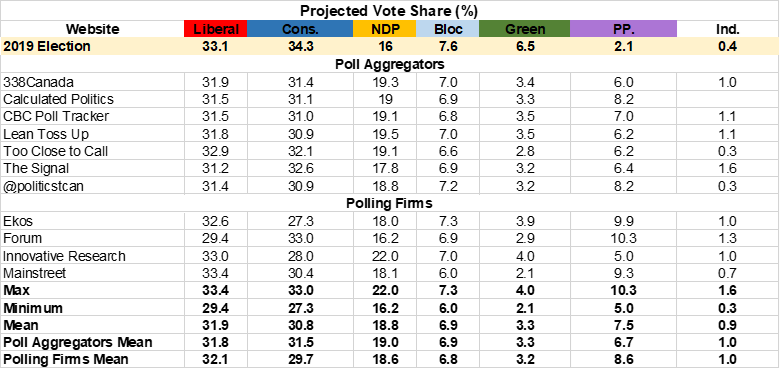By: Victoria Ekunnusi
Multiple Variables of Obesity
Obesity has many factors: Personal, Behavioral, and Environmental. Personal predisposing variables include genetics and ethical background. Behavioural variables are practices (sedentary lifestyle and food choice) that turn into habits over time. Finally, environmental variables are the living conditions and the overarching social determinants of health. Often, obesity is a result of a combination of these variables.
Obesity- A chronic health condition
Obesity is considered to be a chronic disease by organizations like Obesity Canada, Canadian Medical Association and the World Health Organization because obesity is the leading cause of type 2 diabetes, high blood pressure, heart disease, stroke, arthritis, cancer and other health problems, it can cause a significant strain on individuals, families, and the health care system.
Despite public health prevention strategies, obesity continues to persist, and the rate has tripled over the past three decades in Canada, and now, about one in four Canadians is obese.
Cost of Obesity
The annual direct health care cost of obesity which includes physician, hospitalization, and medication cost, is currently estimated to be between $5 to $7 billion. This cost is projected to rise to about $9 billion by 2021. The economic and psychological costs of obesity will continue to increase without comprehensive, evidence-based, and people-centred strategies. Thus, addressing the prevalence of obesity in Canada should be an utmost priority.
Addressing Obesity at the early stage of life
Recently, the Canadian government has created policies by placing taxes on unhealthy meals, banning certain fatty food, and providing open spaces to encourage physical activities. However, these interventions have not yielded the desired outcomes.
Obesity and weight gain develop over a lifetime. Therefore, the impact of obesity points to the importance of prevention through healthy behaviours, including increased physical activity and a healthy nutritional diet, beginning at an early stage, and continuing through all the stages of life.
The federal government should encourage addressing Obesity from early childhood. For example, countries like Japan and Finland were able to reduce obesity issues by adopting the “health in all policies approach” (Addressing Obesity at the early life), where the health department worked with schools, childcare providers, and parents to create a healthier environment at the early life.
Considering the increasing rate of obesity, a possible way for the government to truly eradicate or at least reduce the prevalence of obesity is to address it at the early stage of life by adopting some guidelines (listed below) that could help reduce the national burden of obesity.
Guidelines
Here are the guidelines that should be followed to reduce obesity:
- Young children should be educated on the importance of healthy eating and engaging in physical activities.
- Young married couples should be encouraged to initiate healthy meals for their children early in life so that it becomes part of their lifestyle.
- The government could subsidize the cost of healthy food and gym membership for low- and middle-income families to facilitate involvement in healthy lifestyle choices.
- There should be an ongoing evaluation strategy to identify and monitor areas of improvement.
Awakening Call
The quality of life of Canadians should be at the forefront of the government priorities to ensure all citizens live a healthy life. Addressing Obesity at the early stage of life is the way forward that can help reduce the burden of chronic health issues over time, significantly increasing Canadian’s quality of life and reducing the huge medical cost of obesity
Strategies to prevent obesity need to address all phases and places in life, starting from birth to make sure we are living healthy lives through healthy eating and physical activity.




